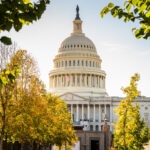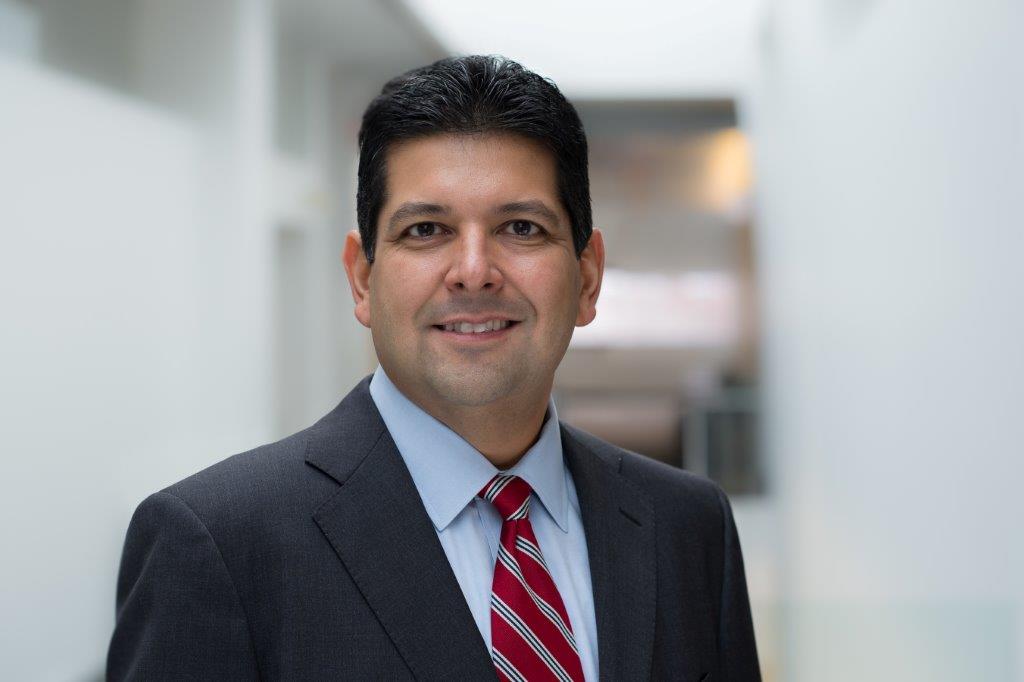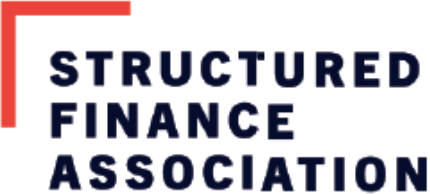
LIBOR Transition
As one of the world’s more important benchmark rates, financial markets, regulators, legislators and consumers must prepare immediately for LIBOR’s discontinuance.

Overview
SFA is committed to leading the effort on the LIBOR transition within structured finance by engaging with members on all current policy and regulatory developments. SFA has created a presentation which outlines the current approaches for LIBOR benchmark replacement that market participants are considering in order to address and effectuate the LIBOR transition.
Learn More
Background
The London Interbank Offering Rate (LIBOR) is going away soon, most likely at the end of 2021 when its regulator, the U.K.’s Financial Conduct Authority, stops compelling banks to submit the quotes from which it is derived. Why is one of the most important financial benchmarks, one that underpins nearly $400 trillion in financial contracts globally and $200 trillion in the U.S., on the way out? The 2008 LIBOR fixing scandal and subsequent lawsuits cast a long shadow on its use. But, perhaps more importantly, financial regulators’ growing concern that LIBOR’s lack of robustness, namely the insufficient number of real transactions that underlie the calculation of the rate, meant it was time to identify a new key benchmark rate.
Regulators and many private sector participants have been working hard to stem the tide of new LIBOR contracts that don’t have rigorous “fallback” language; i.e., language that would allow for a smoother transition from LIBOR to SOFR. The Alternative Reference Rates Committee (ARRC), a group of private-market participants convened by the Federal Reserve Board and the New York Fed to help ensure a successful transition from USD LIBOR to SOFR, has been at work since 2014 to try to ensure the move away from LIBOR is as seamless as possible. On May 31, 2019, the ARRC published its recommended fallback language for securitizations.
The industry is also focused on LIBOR-based loans and bonds currently outstanding: $3.4 trillion of business loans, $1.8 trillion of floating-rate notes and bonds, another $1.8 trillion of securitizations, and $1.3 trillion of consumer loans held by about four million individual retail consumers, including around $1.2 trillion of residential mortgage loans.
The Structured Finance Association is helping to lead the effort on developing new fallback language and untangling the legacy contract knot. The Association is engaged via our LIBOR Task Force and as a member of the ARRC. The Association also co-chairs the ARRC’s Securitization Working Group, which has published important policy guidance on this issue: please see the ARRC’s Securitization Consultation and Webinar.
To avert the coming LIBOR disaster, the finance industry needs to do several things:
Other larger-scale solutions must be weighed, and quickly. ARRC has considered approaching the New York State legislature to ask that it create a safe harbor interest rate for LIBOR-based contracts. And some key industry participants, including a significant and growing number of cash investors, are advocating for the continued production of LIBOR, or at least the creation of a synthetic LIBOR with SOFR as the key underlying component, to be used in legacy deals until they mature.
Did You Know
At the end of 2021, estimates put legacy LIBOR securities at approximately $2.4 trillion and business and consumer loans at roughly $1 trillion.
The Federal Reserve has been publishing overnight SOFR since April 2, 2018.
In order to help explain how market participants can use SOFR in cash products, the ARRC released A User’s Guide to SOFR. This paper addresses a range of topics, including differences between using simple or compound averages of SOFR and differences between calculating payments using in arrears or in advance conventions.
Key Libor Resources
Key Documents
Options for Using SOFR in New ABS, MBS, and CMBS Products White Paper
Addendum to Options for Using SOFR in New ABS, MBS, and CMBS White Paper
ARRC Recommendations Regarding More Robust Fallback Language for New Issuances of LIBOR Securitizations (May 31, 2019)
ARRC Supplemental Update to Recommended Fallback Language for LIBOR Securitizations
Spread Adjustment Methodologies for Fallbacks in Cash Products (June 30, 2020)
ICE LIBOR Information from LIBOR’s Administrator IBA
Legislation
New York state plays a significant role because many securities products that reference LIBOR are governed by New York law and do not contain robust fallback language directing definitive actions if LIBOR ceases to exist. State legislation promoted by the ARRC will provide clarity and promote financial stability as market participants prepare for LIBOR to be discontinued.
Federal legislation is an important accompaniment to the New York State legislation as many contracts are governed by laws outside of New York.
H.R. 4616 “The Adjustable Interest Rate (LIBOR) Act of 2021”
CEO Michael Bright Written Testimony SBC LIBOR Hearing (November 2, 2021)
New York State Assembly Bill A164B: Signed by Governor (April 6, 2021)
ARRC-Proposed NYS LIBOR Legislation (December 4, 2020)
SFA, Joint Letter Urging NYS Leaders to Consider ARRC LIBOR Legislation Proposal (December 16, 2020)
SFA Briefing: Discontinuation of USD LIBOR
Key U.K. Policymakers
The Financial Conduct Authority (FCA) regulates the financial services industry in the U.K. Its role includes protecting consumers, keeping the industry stable, and promoting healthy competition between financial service providers. The FCA has regulated LIBOR since 2013.
FCA Announcement on Future Sustainability of the LIBOR Benchmarks (July 27, 2017)
Benchmarks Regulation – proposed new powers – U.K. parliament announced future legislation to amend the Benchmarks Regulation to give FCA enhanced powers (December 4, 2020)
FCA considerations when exercising powers (November 30, 2020)
Publications & Resources
SFA Testifies Before Senate Banking Committee Hearing Advocating for Federal Legislation to Remedy Tough Legacy LIBOR Contracts
November 2, 2021


“SFA has taken a leadership role in our market to facilitate LIBOR transition by bringing industry participants together to identify key issues and develop solutions.”
Bob Behal
PRINCIPAL,
VANGUARD GROUP
News
New Headwinds for Regional Banks—Term SOFR Spreads Price-In Counterparty Risk
U.S. regional banks, already under pressure from recent rate hikes, are watching the cost of hedging their loan books increase significantly. As LIBOR’s cessation date…
AARC Releases Update of Term SOFR Scope of Use Recommendations
On April 21, the Alternative Reference Rates Committee (ARRC) released an update of its best practice recommendations on the scope of use of Term SOFR….
U.K. Regulator Authorizes Publication of Synthetic USD LIBOR
On April 3, the Financial Conduct Authority (FCA) announced that synthetic versions of the 1-month, 3-month and 6-month U.S. dollar LIBOR rates would continue to…
DTCC Launches New LIBOR Benchmark Replacement Index
On March 13, the Depository Trust & Clearing Corporation (DTCC) announced its centralized solution, the LIBOR Benchmark Index, has been added to its Legal Notice…
Structured Finance Association Supports the Fed LIBOR Proposal with Some Remaining Clarifications Needed
Structured Finance Association Supports the Fed LIBOR Proposal with Some Remaining Clarifications Needed WASHINGTON, August 30, 2022 – The Structured Finance Association (SFA) submitted a…



